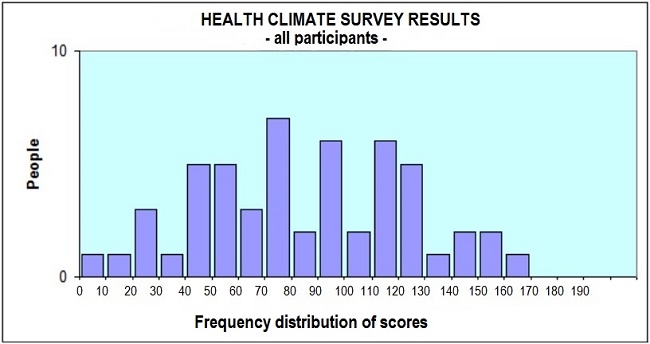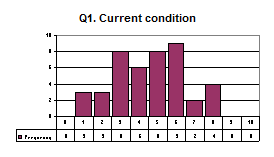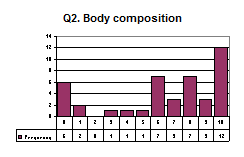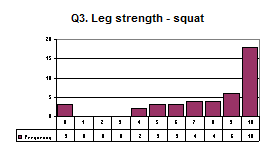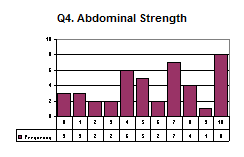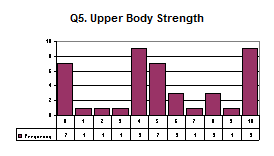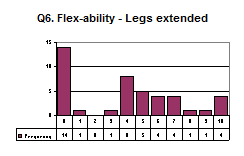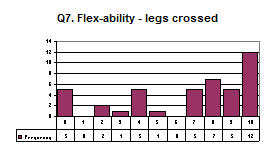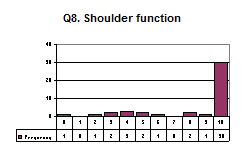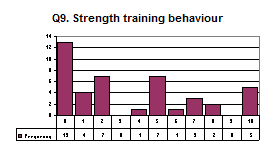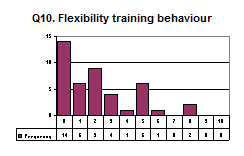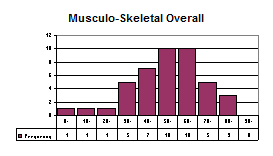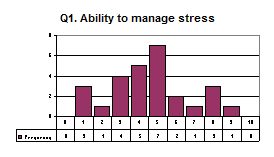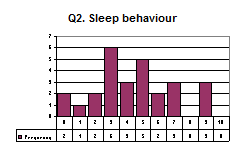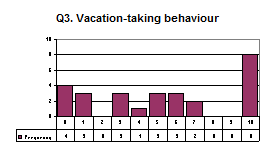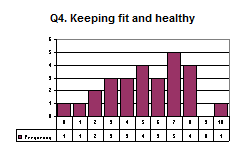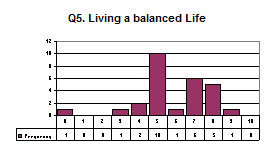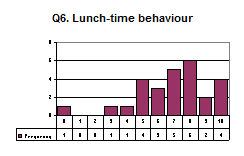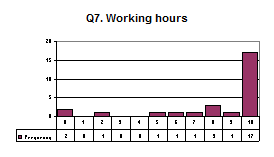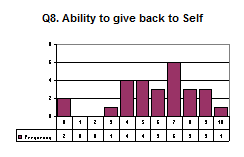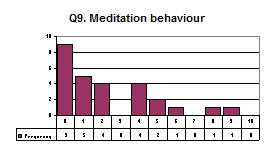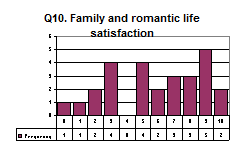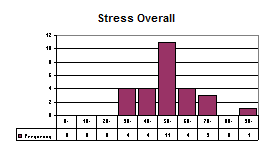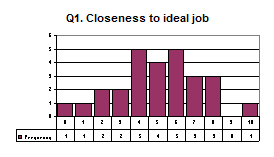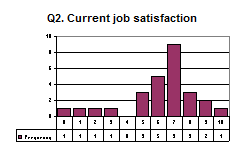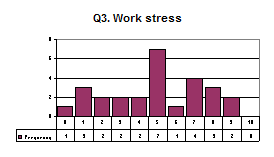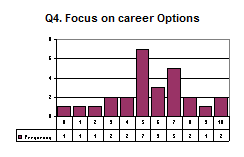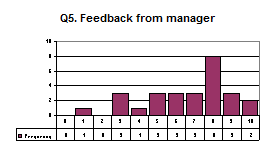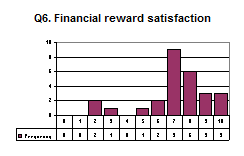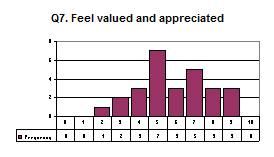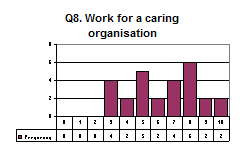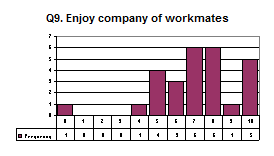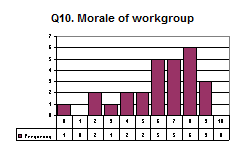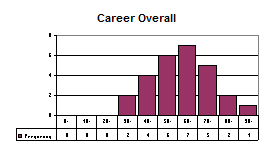|
|
|
|||||||||||||||||||||||||||||||||||||||||||||||||||||||||||||||||||||||||||||||||||||||||||||||||||||||||||||||||||||||||||||||||||||||||||||||||||||||||||||||||||||||||||||||||||||||||||||||||||||||||||||||||||||||||||||||||||||||||||||||||||||||||||||||||||||||||||||||||||||||||||||||||||||||||||||||||||||||||||||||||||||||||||||||||||||||||||||||||||||||||||||||||||||||||||||||||||||||||||||||||||||||||||||||||||||||||||||||||||||||||||||||||||||||||||||||||||||||||||||||||||||||||||||||||||||||||||||||||||||||||||||||||||||||||||||||||||||||||||||||||||||||||||||||||||||||||||||||||||||||||||||||||||||||||||||||||||||||||||||||||||||||||||||||||||||||||||||||||||||||||||||||||||||||||||||||||||||||||||||||||||||||||||||||||||||||||||||||||||||||||||||||||||||||||||||||||||||||||||||||||||||||||||||||||
|
Health Fitness and Wellbeing Seminar Results |
||||||||||||||||||||||||||||||||||||||||||||||||||||||||||||||||||||||||||||||||||||||||||||||||||||||||||||||||||||||||||||||||||||||||||||||||||||||||||||||||||||||||||||||||||||||||||||||||||||||||||||||||||||||||||||||||||||||||||||||||||||||||||||||||||||||||||||||||||||||||||||||||||||||||||||||||||||||||||||||||||||||||||||||||||||||||||||||||||||||||||||||||||||||||||||||||||||||||||||||||||||||||||||||||||||||||||||||||||||||||||||||||||||||||||||||||||||||||||||||||||||||||||||||||||||||||||||||||||||||||||||||||||||||||||||||||||||||||||||||||||||||||||||||||||||||||||||||||||||||||||||||||||||||||||||||||||||||||||||||||||||||||||||||||||||||||||||||||||||||||||||||||||||||||||||||||||||||||||||||||||||||||||||||||||||||||||||||||||||||||||||||||||||||||||||||||||||||||||||||||||||||||||||||||||
|
AMCB OCTOBER 2013
John Miller conducted a Health Management program for The Group in October 2013.
71 people completed a range of profiles: -
■ Health Climate Survey ■ Musculo-skeletal risk ■ Stress risk ■ Career satisfaction
The results are presented in graphic format, with commentary.
HEALTH CLIMATE SURVEY The Health Climate Survey profile provides people with a very good idea of how well the various systems of the body are functioning, particularly the
• the mind • autonomic nervous system • immune system • digestive system • circulatory system • elimination system • musculo-skeletal system.
A good score is a low score. A poor score is a high score.
The score of a normal, fit and healthy human being is less than 20.
A score under 50 suggests people are in reasonable metabolic, musculo-skeletal and psychological health.
Higher scores are symptomatic of dysfunction of one or more body systems.
People with high levels of stress usually score well over 100.
For people with a score of more than 80, the ‘background noise’ of their life is becoming louder and louder. It is hard to concentrate on your work when body systems are dysfunctional.
We know a fit and healthy group when we see the majority of scores below 40. This was not the case with this group. By and large higher scores are usually a reflection of
• low levels of fitness • an inability to deal with what life and work are serving up to people.
Remember, it is not what happens, but how we deal with what happens that determines our level of stress.
Classification of average scores: Excellent - less than 20. Good - 21-40. Fair 51-60. Poor - over 60. Amber light - over 80. Red light - over 100
This profile is described as very poor. The average score was 84. Anyone scoring more than 80 is putting up with a lot of 'background noise'. It would be a wise move to take their holidays and long service leave and dedicate themselves to getting back into exceptionally good shape.
A score like this alerts management to the urgency of purring in train a process to deal with the issues raised and identified in the spreadsheet below. This graph signifies a a serious risk of absenteeism, presenteeism and workers compensation.
HEALTH CLIMATE SURVEY Based on scores received in the Health, Fitness and Wellbeing profile we've compiled a Health Climate Survey. Scores on each item have ranked - the higher the score the worse the problem. We added the scores for each item. The results appear in the table below.
We registered those scores of 5 and over as being a symptom, issue or concern, the most pressing of which have been highlighted.
MUSCULO-SKELETAL RISK FACTOR Our musculo-skeletal risk factor profile looked at a range of parameters including mobility, strength and flexibility and whether people are training to keep themselves strong and flexible.
The musculo-skeletal risk factor profile is comprised of a mix of 7 objective and 3 subjective assessments.
• Current musculo-skeletal condition • Closeness to ideal weight • Leg strength • Front of body strength • Upper body strength test • Flexibility - legs extended • Flexibility- legs crossed • Shoulder function • Flexibility training behaviour • Strength training behaviour
The 'pass mark' for each parameter is 7/10.
A score of 70% is readily attainable by those who have a regular and systematic training program.
Those scoring less than 70 are not doing sufficient in the way of strength and flexibility exercises. They are therefore exposing themselves to a high risk of musculo-skeletal dysfunction. (It would be bizarre for a workplace to offer to pay the rehabilitation costs of people who were not keeping themselves strong enough or flexible enough to do their job without succumbing to musculo-skeletal dysfunction, wouldn't it?)
A good score is a high score. A poor score is a low score.
43 people took part in this assessment.
Lack of strength and flexibility is something that the Organisation needs to take seriously and monitor carefully and put in place an organisation-wide strategy to improve musculo-skeletal function. By far and away a high proportion of people do not have a strength and flexibility program. As a result they are getting weaker and tighter by the week, thereby exposing themselves and the organisation to risk.
When push comes to shove and people become dysfunctional, it will be The Organisation that ends up paying the high cost of an avoidable musculo-skeletal complaint.
In our opinion musculo-skeletal dysfunction caused by the lack of a regular and systematic strength and flexibility program cannot be classified as an injury. Responsibility for musculo-skeletal dysfunction needs to be sheeted home to individual employees, though it’s unlikely to happen without the establishment of a culture within the organisation that supports, values and understands strength and flexibility.
We recommend a range of strength and flexibility classes that are readily available Australia-wide:
The Organisation would place itself in the forefront of OH&S practice if it took the musculo-skeletal risk seriously and moved heaven and earth to educate all staff about this risk and encourage them to take part in a regular strength and flexibility program. Maybe The Organisation and its worker's compensation insurer could invest in a pilot program to increase staff strength and flexibility!
The lack of strength and flexibility training coupled with poor abdominal strength, upper body strength, flexibility and shoulder function is a cause for concern and needs the attention of individual staff and managers. Recommendation We strongly recommend that the people who are in current poor musculo-skeletal condition, and who lack abdominal strength, upper body strength, flexibility, shoulder function and functional mobility, in particular those who scored less than 60 on the profile, be obligated to attend regular, in-house strength and flexibility classes. The pressure on the organisation's workers' compensation costs is such that to do otherwise would, in our opinion be to abrogate a responsibility for the prudent management of the organisation's finances. STRESS RISK PROFILE Participants completed a simple stress and relaxation profile designed to assist them in making an assessment of how they were affected by stress. It is based on the habits of unstressed people.
If you do what unstressed people do you are less at risk of becoming stressed. I’m yet to see someone who said they were highly stressed or depressed who got a high score on this profile. A good score is over 70.
• How would you rate your current stress level • Do you get a good night’s sleep? • Do you take your holidays? • Are you keeping yourself fit and healthy? • Is there balance in your life? • Do you take time off at lunch time? • How many hours a week do you work? • Are you good at giving back to your Self? • Do you meditate? • Are you happy with your family (and romantic) life?
The matter of stress always needs to be addressed by organisations as part of a personal development thrust, and aimed at all staff. If stress management type programs are to be conducted, all staff need to be involved, otherwise those at most risk and those who are currently most stressed (and too wrapped up in their own busyness) will not attend.
For those who spend long hours at work, I often wonder whether the behaviour is externally or internally driven. I suspect the latter. No body on their death bed ever said 'I wish I'd spent more time at the office.'
A few people are struggling with their family life. This is another fertile area for personal development and counseling programs. It's hard to concentrate at work when your home life is in turmoil
SCORING GUIDELINES Excellent, scoring 8 or more Good, scoring 7 or more Fair, scoring 5 or 6 Poor, scoring less than 5 ‘Pass mark’ on all parameters 7/10.
A good score is a high score. A poor score is a low score.
CAREER SATISFACTION PROFILE The parameters in the profile relate to a mix of factors influences by the participant, management and their colleagues.
• How close are you to doing the job you’d really like to be doing? • Are you in the right job for now? • Is work giving you life or sucking life out of you? • Are you focused on your career options? • Do you get good feedback from your manager? • Do you receive an appropriate financial reward? • Do you feel you and your work are valued and appreciated? • Do you work for an organisation that cares about people? • Do you enjoy the company of the people you work with? • What’s the level of morale like in your work group?
Normally, when results on the overall career profile are less than 70/100, people agree that they’re not in the right job. Certainly those scoring less than 60 have sufficient issues relating to career management as to seriously consider going somewhere else.
SCORING GUIDELINES Excellent, scoring 8 or more Good, scoring 7 or more Fair, scoring 5 or 6 Poor, scoring less than 5 ‘Pass mark’ on all parameters 7/10.
A good score is a high score. A poor score is a low score.
The Buddha and Confucius both said 'Find the job you'd love to do and you don't have to do another days work in your life.' Fit-for-Work
Pressups in 60 seconds: Situps in 90 seconds: Squats in 90 seconds: 20m run - laps in 5 minutes
A fair standard for people to aim at would be the Bronze Award - 20 situps, 20 pressups and 20 squats. You wouldn't judge anyone who failed to reach the bronze level as being fit for work.
Recommendations
Measure risk and Manage Risk There is an epidemic of personally-generated musculo-skeletal dysfunction in our workplaces.
Most organisations neither measure the risk nor manage it.
Their workers compensation insurer doesn't measure the risk either. They don't rate premiums against individual risk.
We recommend the Organisation take seriously and monitor carefully the incidence of personally-generated musculo-skeletal dysfunction and put in place an organisation-wide strategy to improve strength, flexibility and mobility. By far and away a high proportion of people do not have a strength and flexibility program. As a result they are getting weaker and tighter by the week, thereby exposing themselves and the organisation to risk.
A high proportion of people said they would willingly agree to take part in a daily exercise program to improve their musculo-skeletal health.
A high proportion of people said they'd take part in a prehab program.
When push comes to shove and people become dysfunctional, it will be the Organisation that ends up paying the high cost of an avoidable musculo-skeletal complaint. In our opinion musculo-skeletal dysfunction caused by lack of a regular and systematic strength and flexibility program cannot be classified as an injury.
Responsibility for musculo-skeletal dysfunction needs to be sheeted home to individual employees, though it’s unlikely to happen without the establishment of a culture within the Organisation that supports, values and understands the importance of staff keeping themselves strong and flexible.
We recommend a range of strength and flexibility classes that are readily available Australia-wide: -
The Organisation would place itself in the forefront of OH&S practice if it took the musculo-skeletal risk seriously and moved heaven and earth to educate all staff about this risk and obligated them to take part in a regular strength and flexibility program.
Maybe The Organisation and its worker's compensation insurer could invest in a pilot program to increase staff strength and flexibility! The lack of strength and flexibility training coupled with poor abdominal strength, upper body strength, flexibility and shoulder function is a cause for concern and needs the attention of individual staff and managers.
Prehab and rehab classes
We strongly recommend that the people who are in current poor musculo-skeletal condition and who lack abdominal strength, upper body strength, flexibility, shoulder function and functional mobility, in particular those who - who failed to attain the bronze award - be obligated to attend regular, in-house strength and flexibility classes. The pressure on the organisation's workers' compensation costs is such that to do otherwise would, in our opinion be to abrogate a responsibility for the prudent management of the organisation's finances.
Miller Health In association with Integrated Health Systems 7 Salvado Place Stirling ACT 2611 (02) 6288 7703
|
||||||||||||||||||||||||||||||||||||||||||||||||||||||||||||||||||||||||||||||||||||||||||||||||||||||||||||||||||||||||||||||||||||||||||||||||||||||||||||||||||||||||||||||||||||||||||||||||||||||||||||||||||||||||||||||||||||||||||||||||||||||||||||||||||||||||||||||||||||||||||||||||||||||||||||||||||||||||||||||||||||||||||||||||||||||||||||||||||||||||||||||||||||||||||||||||||||||||||||||||||||||||||||||||||||||||||||||||||||||||||||||||||||||||||||||||||||||||||||||||||||||||||||||||||||||||||||||||||||||||||||||||||||||||||||||||||||||||||||||||||||||||||||||||||||||||||||||||||||||||||||||||||||||||||||||||||||||||||||||||||||||||||||||||||||||||||||||||||||||||||||||||||||||||||||||||||||||||||||||||||||||||||||||||||||||||||||||||||||||||||||||||||||||||||||||||||||||||||||||||||||||||||||||||||
